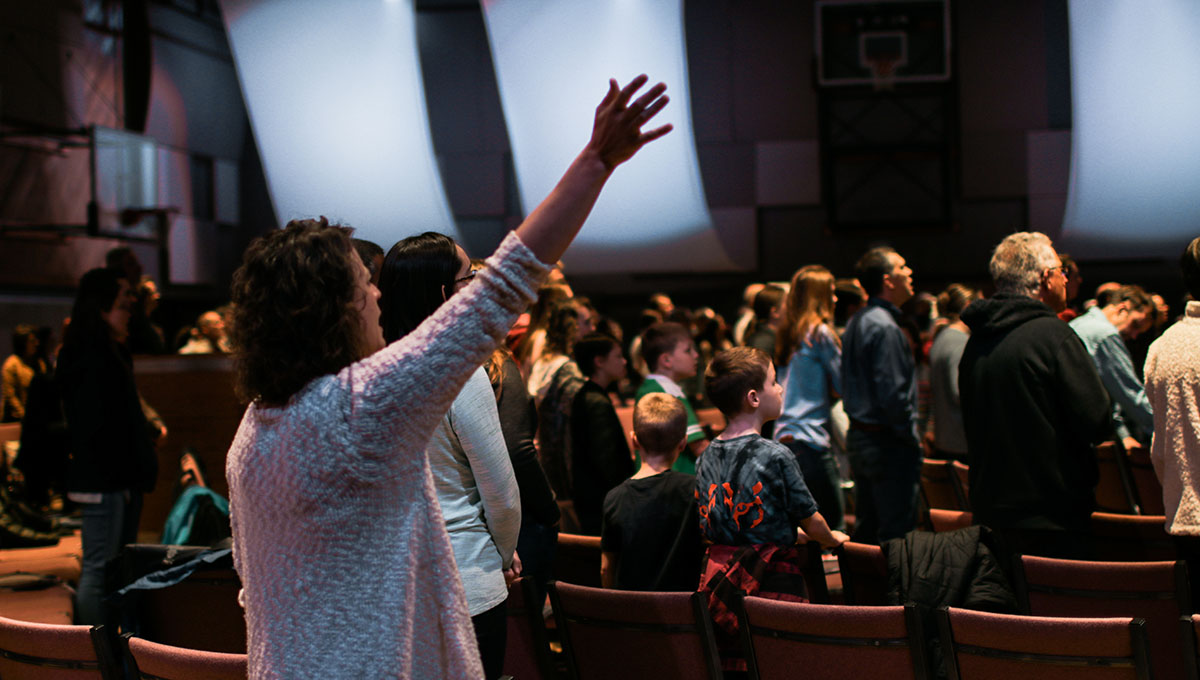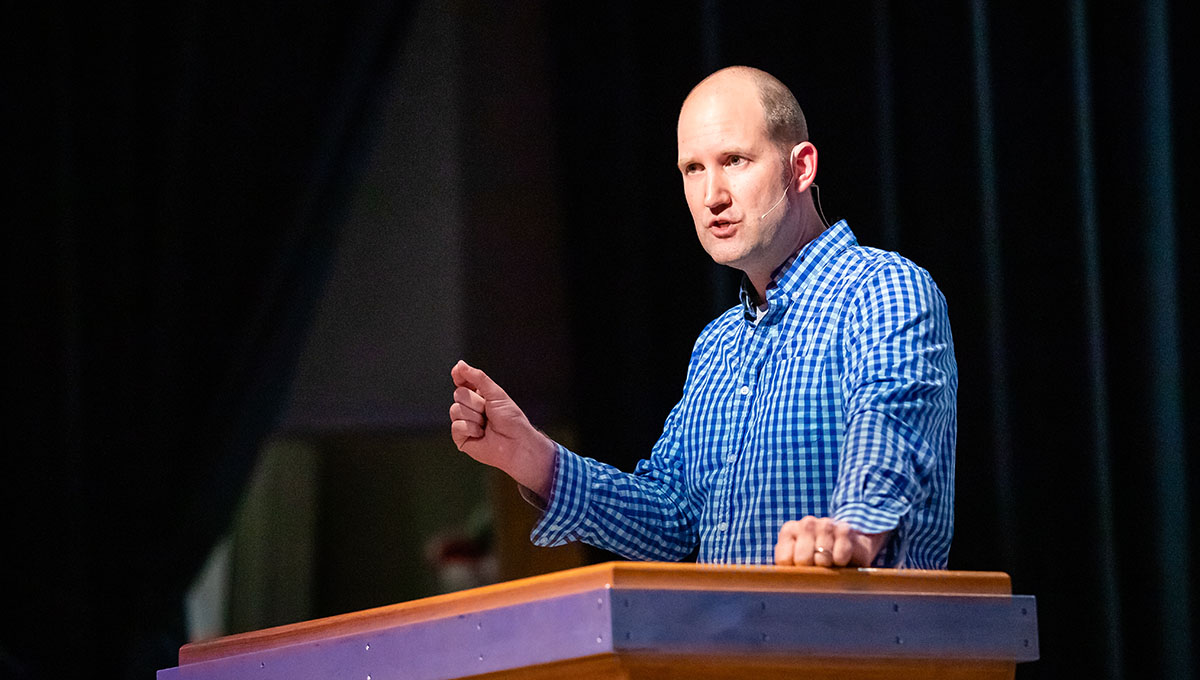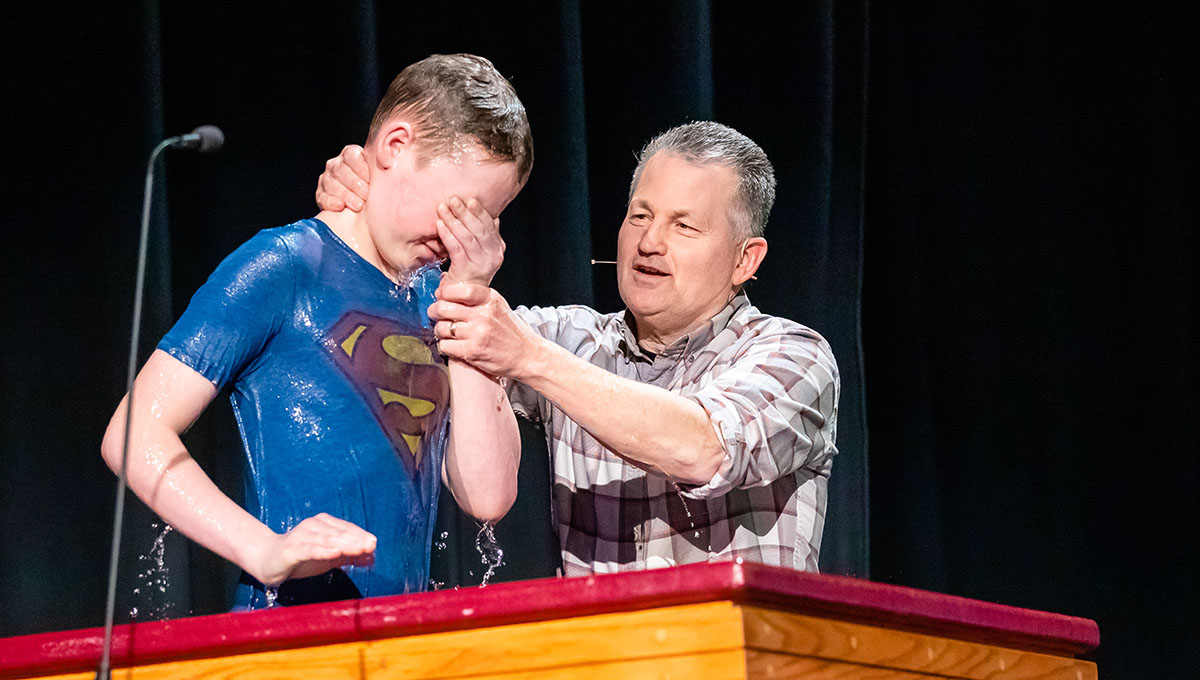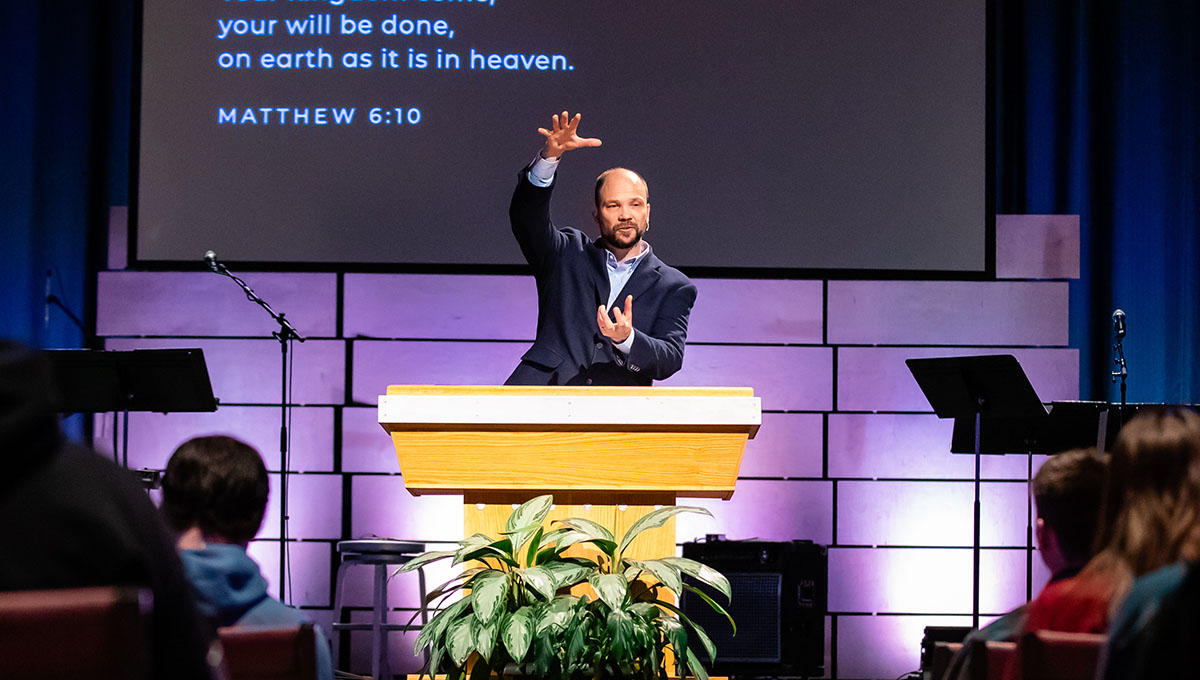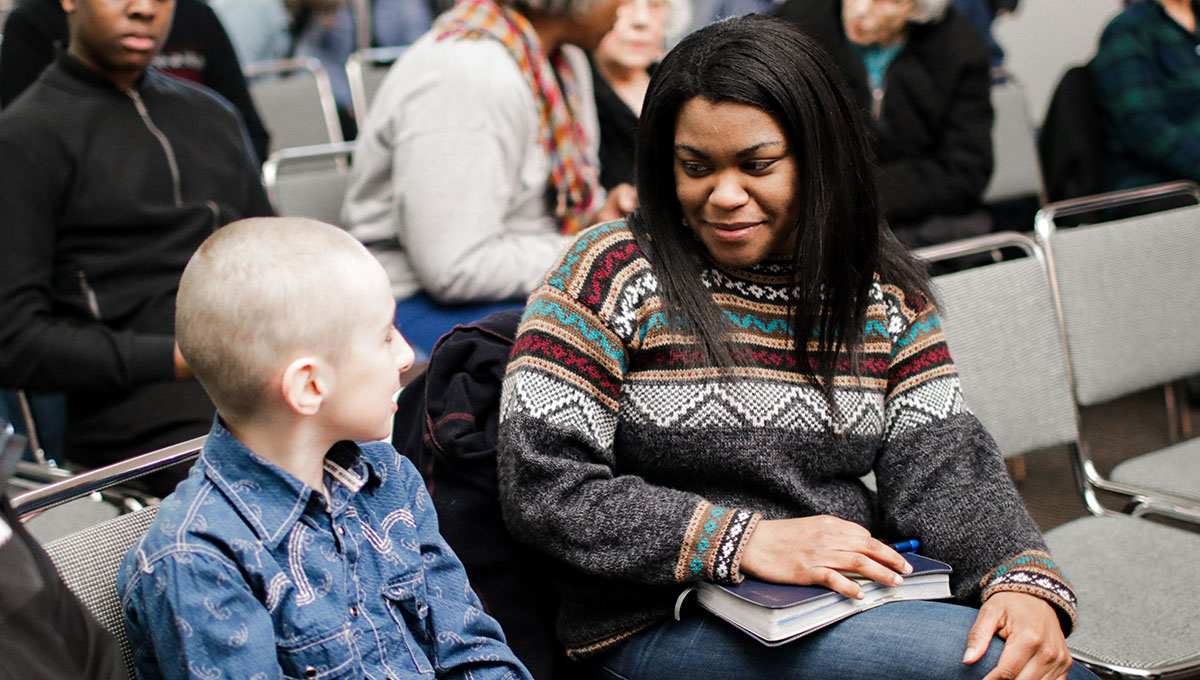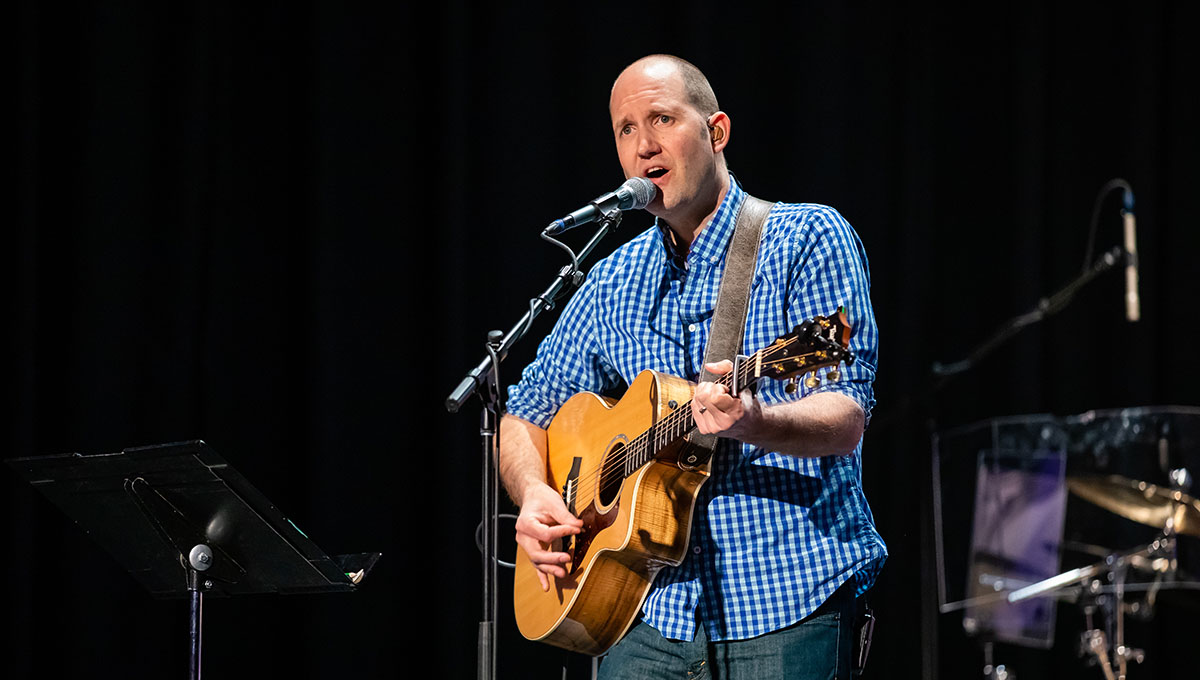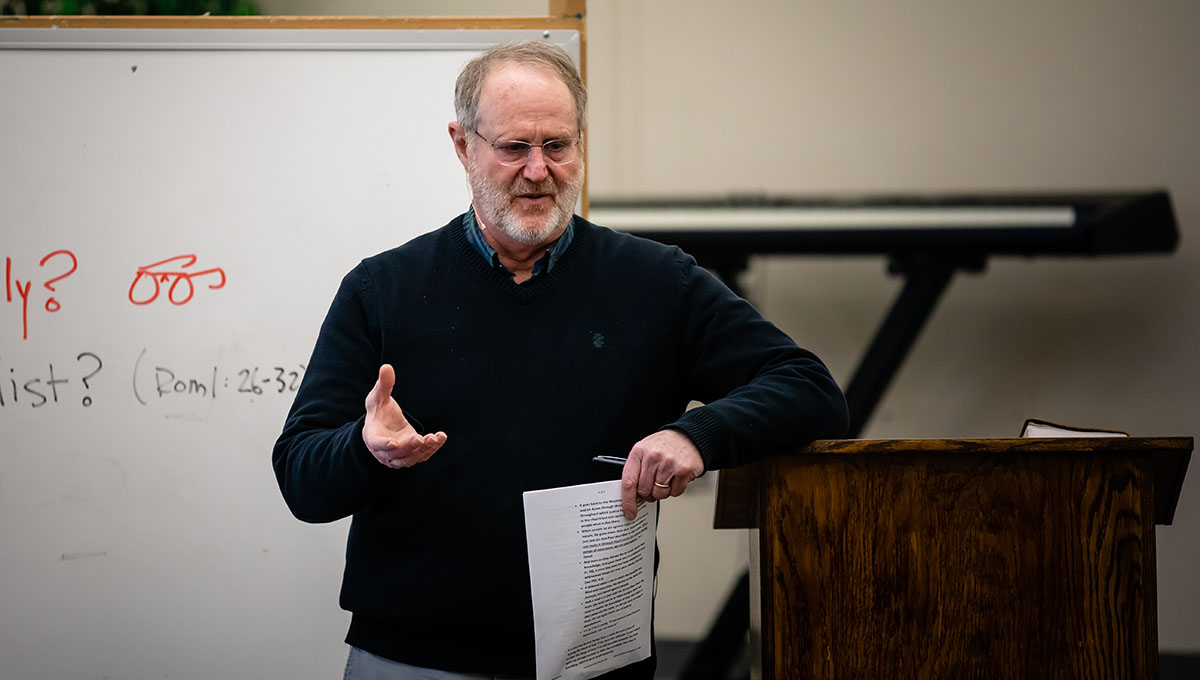Silence is Golden, Unless …
- Randy Karlberg

I still recall the panic-stricken look on his face. Our beloved Pastor and Worship leader here at Anchorage Grace Church, Nathan Schneider, had just realized the dreadful reality for any Worship leader. It was Sunday morning and the sound system was not working! Not ideal to say the least. When this was discovered it was approximately one hour before the service was to begin. Yep, you guessed it. Panic-mode ensued! After about a half-hour of trying a variety of problem-solving strategies, still no success. If you did the math, you now know that there are only 30 minutes before the service starts. We went down to the South Gym to get the portable sound system that the school uses in the gym. For the first time ever, it had been loaned out to a couple to use at their Saturday wedding. It was not back yet! The clock still ticking!
One last effort was to find the old portable sound system that was in a storage unit. It had not been used in who knows how long? A mad rush ensued to bring the speakers, board, and connectors down to the worship center. The first trial for sound success coincided with the clock striking service start time! It worked! Praise the Lord!! And now with the heartrate at near full throttle, Nathan calmly and professionally led us in a wonderful time of worship and thankfulness. This is what I thought of when I read the story behind the writing of the song, “Stille Nacht! Heilige Nacht!”
The year was 1818 in the small village of Oberndorf, Austria. St. Nicholas Church Assistant Priest Joseph Mohr was in charge of the music at the church. Hours before the Christmas Eve service was to start Mohr discovered that the church’s old organ would not play! He fiddled with the key stops and peddles, even crawled behind the organ to fidget with the pipes, but after hours of problem-solving attempts to no avail. With the clock ticking, the thought of having a Christmas Eve service without special music was untenable. It would be a tragedy if he was not able to offer music on Christmas Eve. After offering up a prayer for wisdom and inspiration, Mohr remembered a six-stanza poem he had written two years prior. He searched for and found the worn paper amidst his few humble personal possessions. With that poem in hand and hope in his heart, he went out into the cold wintery night to the house of Franz Gruber, the town’s school teacher. After expressing to him the dire situation and convincing him that the organ was not going to be a quick fix, he agreed to take on the challenge of coming up with a musical arrangement for the poem. It needed to be simple enough for the village choir to master in just a couple of hours. Mohr returned to the church for the last-minute preparations for the midnight service. His confidence was not in Gruber, rather that God would grant His favor and provide music for this most special service.
Gruber met his friend in the candlelit sanctuary with the arranged guitar chords in hand. They went to the choir that was poised for their rehearsal. The simplicity of the original tune made for a manageable mastery of the piece including the four-part harmony for the last two lines of each verse. During the midnight service “Stille Nacht! Heilige Nacht!” was sung for the first time. Not in their craziest of dreams could they have guessed that this simple poem inspired by Luke 2 would eventually become the most recorded song in music history. Two months after Christmas a traveling repairman that was sent to work on the organ heard the story of Christmas Eve and the song that memorialized the night. He memorized the words and the music. He proceeded to teach it to other villages as he traveled in his trade. Eventually, musical groups learned and popularized the simple carol. In 1839 an Austrian music group came to New York and for the first time “Silent Night” was sung in English.
There are several “legends” that have found their way into the story of the carol “Silent Night.” Mice chewed through the bellows of the organ, also it was written by either Bach, Handel, or Beethoven. Each of which is inaccurate. It is well documented, however, that on December 25 during the Civil War both Union and Confederate Armies would lay down their weapons and join together in singing this most precious song regarding the Prince of Peace. This simple song has exuded peace and hope for over 200 years. I would encourage you to take a little time for yourself and sing each of these verses meditating on all of the familiar words. This carol stands as another example of how God takes the most simple things of this life and produces profound outcomes. Enjoy this song of praise to our Lord!
Silent night! Holy night!
All is calm, all is bright
Round yon virgin mother and Child
Holy Infant so tender and mild
Sleep in heavenly peace
Sleep in heavenly peace
Silent night! Holy night!
Shepherds quake at the sight
Glories stream from heaven afar
Heavenly hosts sing alleluia
Christ the Savior is born
Christ the Savior is born
Silent night! Holy night!
Son of God, Love’s pure light
Radiant beams from Thy holy face
With the dawn of redeeming grace
Jesus, Lord at Thy birth
Jesus, Lord at Thy birth
Silent night! Holy night!
All is dark save the light
Yonder where they sweet vigils keep
O’er the Babe who in silent sleep
Rests in heavenly peace
Rests in heavenly peace


